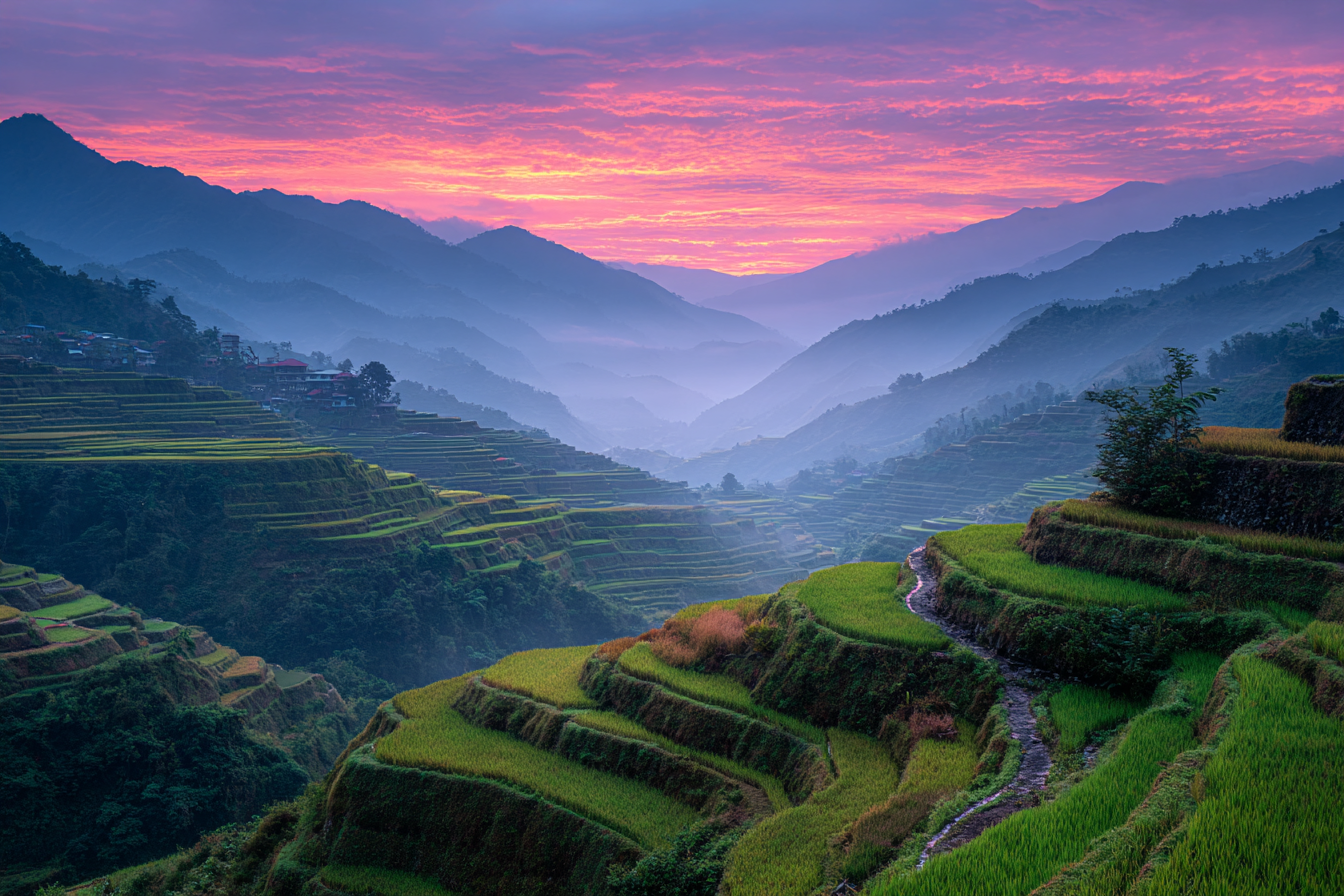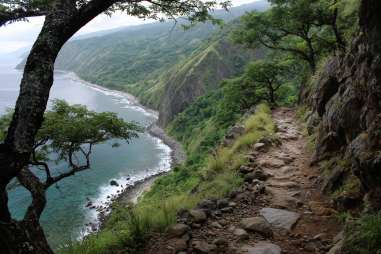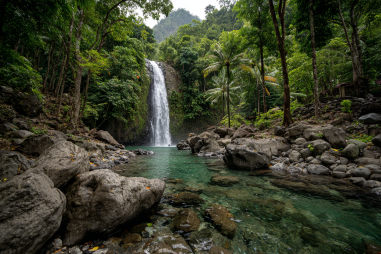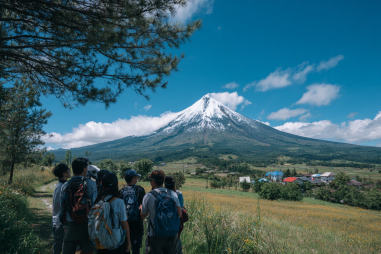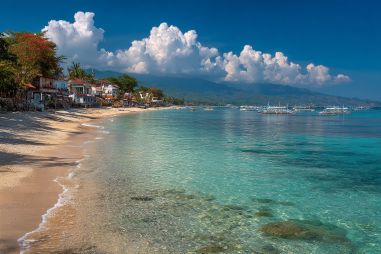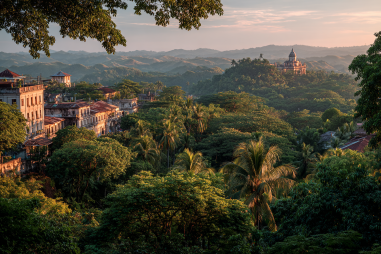The Banaue Rice Terraces, often hailed as the ‘Eighth Wonder of the World,’ are among the most extraordinary feats of ancient engineering and natural beauty in the Philippines. Carved into the mountains of Ifugao more than 2,000 years ago, these terraces are a testament to the ingenuity and harmonious relationship between the indigenous people and their environment. For travelers seeking to immerse themselves in history, culture, and stunning landscapes, exploring the Banaue Rice Terraces offers a truly unforgettable experience. This guide will walk you through the rich background, the best ways to see the terraces, travel tips, and how to enjoy your visit responsibly.
Historical and Cultural Significance
The Banaue Rice Terraces were created by the Ifugao tribes as part of an intricate irrigation system that harnesses mountain streams and rainfall to ensure sustainable rice farming. This ancient engineering marvel not only provided food security but also fostered a unique cultural identity that is still very much alive today. Passed down through generations, the terraces symbolize the deep connection the Ifugao people have with their land and traditions.
These terraces are more than just agricultural sites; they are living landscapes embedded with rituals, folklore, and community values. Recognizing their universal value, UNESCO designated the terraces as a World Heritage Site in 1995. This status underscores the importance of preserving not only the physical structures but also the cultural practices that sustain them.
Best Times and Viewpoints for Photos
Timing your visit to the Banaue Rice Terraces can elevate your experience dramatically. The terraces display different charms through the seasons. The best time to visit is during the planting season from May to June when the fields are flooded, reflecting the sky and creating stunning mirror-like effects. Alternatively, the harvesting season from September to October offers lush green and golden hues that contrast beautifully against the blue skies.
For photographers and sightseers, several vantage points provide breathtaking views:
- Banaue Viewpoint: Located near the town center, this spot offers a panoramic view of the terraces and is easily accessible.
- Batad Village: Known for its amphitheater-shaped terraces, Batad is about a 30-minute jeepney ride and a hike from Banaue. The views here are often regarded as the most dramatic.
- Bangaan Village: Another village boasting well-preserved terraces, Bangaan offers less touristy paths and peaceful surroundings.
Early mornings and late afternoons provide the best lighting for photos, with soft golden hues and fewer crowds. Don’t forget your camera and a good pair of hiking shoes!
How to Get to the Rice Terraces
Reaching the Banaue Rice Terraces requires a bit of adventure but is certainly worth the journey. The terraces are located in the mountainous region of Ifugao in Northern Luzon.
By Bus: From Manila, several bus companies run daily trips to Banaue. The journey takes approximately 9 to 10 hours, passing scenic mountain roads. Buses usually depart in the evening, allowing you to arrive in the morning.
By Private Vehicle: Renting a car or hiring a driver provides flexibility to stop at viewpoints and explore nearby villages. The drive takes around 8 to 9 hours from Manila.
From Banaue to Batad or Bangaan: Jeepneys and shared vans frequently travel to these villages, although roads may be unpaved and bumpy. Alternatively, you can hire a local guide or a habal-habal (motorbike) for the trip.
Guided Tours and Trekking Options
Exploring the terraces is best done with a knowledgeable local guide who can share history, traditions, and hidden gems along the way. Guided tours vary from half-day walks to multi-day treks, catering to different levels of fitness and interest.
Some popular trekking routes include:
- Banaue to Batad Trek: A moderately challenging 3–4-hour hike is rewarded with views of the amphitheater-shaped terraces and Tappiya Falls.
- Bangaan to Mayoyao: This trek takes you through rice paddies, local villages, and scenic ridge lines.
- Batad to Tappiya Falls: A shorter hike that lets you cool off at a stunning waterfall right next to the terraces.
Besides trekking, some tours include cultural exchanges with Ifugao families, giving visitors insight into traditional farming, handicrafts, and community life.
Conservation Efforts and the Local Community
Preserving the Banaue Rice Terraces is a shared responsibility between the local communities, government agencies, and visitors. The terraces face challenges like soil erosion, climate change, and outmigration of younger generations seeking work elsewhere. To address these concerns, various conservation programs focus on sustainable farming practices, reforestation, and educating locals and tourists about the terraces’ importance.
The Ifugao people actively participate in these initiatives, blending traditional knowledge with modern techniques to maintain the terraces’ vitality. When you visit, supporting local businesses and respecting community norms helps promote sustainable livelihoods and cultural preservation.
Tips for Responsible Tourism
Visiting UNESCO World Heritage Sites like the Banaue Rice Terraces comes with the responsibility to minimize your impact and respect the environment and culture. Here are some practical tips:
- Stick to established trails to avoid damaging the delicate rice paddies.
- Hire local guides to support the community and gain authentic insights.
- Avoid littering—carry all trash back with you.
- Respect local customs and ask permission before photographing people.
- Use eco-friendly sunscreens and toiletries to protect waterways.
- Support local markets by purchasing handicrafts, food, and souvenirs.
- Stay in local homestays or community-based accommodations to contribute directly to the economy.
Experiencing the Magic of Banaue Rice Terraces
Visiting the Banaue Rice Terraces is more than just sightseeing; it’s an immersion into a living tapestry of nature, history, and culture. From the awe-inspiring views to the warm hospitality of the Ifugao communities, every moment spent here enriches your understanding of human resilience and harmony with the environment.
Whether you choose to trek through the misty mountains, learn about ancient agricultural wisdom, or simply enjoy the serene landscapes, the Banaue Rice Terraces offer an experience that lingers long after you leave. So pack your bags, lace up your hiking boots, and set out on an adventure to one of the world’s most impressive natural and cultural treasures.

